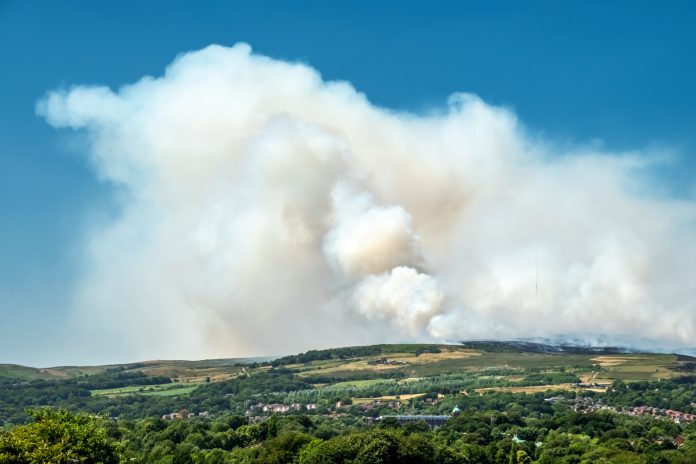
Open Access News Environment UK government proposes ban on heather burning to protect peatlands March 31, 2025 image: ©BriBar | iStock The UK government has revealed new plans to improve the protection of peatlands, focusing on banning heather burning on upland peat areas This plan is part of a wider effort to safeguard wildlife, improve air and water quality, and help mitigate the effects of climate change. If implemented, the proposals would significantly expand the protected areas of peatland, bringing an extra 146,000 hectares under conservation. Protecting the “lungs” of our environment Peatlands, often called the country’s “lungs,” play a key role in storing carbon, improving water quality, and providing critical habitats for rare wildlife species.
These wetlands also offer natural flood protection for nearby communities. Peat bogs are home to birds such as the golden plover and curlews and host a diverse range of dragonfly species. However, much of England’s peatland is degraded, with around 80% of these landscapes in poor condition.

The threat of burning heather to the peatlands One main threat to peatlands is burning heather and other vegetation. This practice, often used to encourage heather growth for grouse shooting, dries out the peat, leading to carbon emissions instead of carbon sequestration. The burning process also releases harmful pollutants into the air, negatively impacting air quality in nearby communities.
These pollutants are associated with serious health issues, including strokes, cardiovascular disease, asthma, and lung cancers. The proposed changes would strengthen the protection of England’s peatlands by extending the ban on burning to all areas of deep peat, defined as peat greater than 30cm in depth. The ban only applies to areas with peat deeper than 40cm.
This extension would increase the area of protected peatland from 222,000 hectares to more than 368,000 hectares, an area roughly the size of Greater London, Greater Manchester, and the West Midlands combined. This expanded protection aims to restore peatland ecosystems, reduce carbon emissions, and enhance biodiversity. Nature recovery The government’s proposal also includes revising the licensing system for prescribed burning.
Under the new system, landowners and managers must demonstrate that alternative land management practices have been explored and have a plan to phase out burning. Licenses to burn will only be granted in some cases, such as to reduce wildfire risks, and would come with strict conditions to minimise environmental impact. The announcement is part of the government plan to support nature recovery and meet climate goals.
The UK is committed to reaching Net Zero carbon emissions by 2050, and protecting peatlands is seen as a key step toward achieving this target. Peatlands containing a substantial amount of the world’s blanket bog are essential for reducing the country’s carbon footprint. In addition to the ban on heather burning, the government has committed to investing up to £400 million in tree planting and peatland restoration as part of the Nature for Climate Fund.
These efforts align with the government’s other environmental goals, including improving air quality, supporting biodiversity, and addressing the health impacts of pollution. A consultation on the proposed changes will run for eight weeks, from March 31 to May 25, allowing stakeholders, including land managers, conservationists, and the public, to voice their opinions. The consultation will help refine the proposals and balance environmental protection and practical land management.
The consultation follows the release of a comprehensive evidence review from Natural England, which outlines the effects of managed burning on upland peatlands. An updated England Peat Map will provide detailed information on the extent, depth, and condition of peatlands and will also be published later this spring. Facebook Twitter LinkedIn Print Tags Environmental Health Wildlife Health Upcoming OAG Webinar Editor's Recommended Articles Must Read >> New tool can track the environmental impact of our consumption habits Must Read >> How can farmers deliver on EU Green Deal environmental commitments? Must Read >> Global environmental policy updates Harriet Belderbos RELATED ARTICLES MORE FROM AUTHOR 47 million demand urgent changes to combat air pollution UK and China restart climate change dialogue to tackle the global crisis Seismic resilience in the age of AI and advanced remote sensing Satellite breakthrough: New method to track fossil fuel CO2 emissions The positive outcome reached over COP16 biodiversity negotiations in Rome New study explores new forest management to reduce wildfire risks LEAVE A REPLY Cancel reply Please enter your comment! Please enter your name here You have entered an incorrect email address! Please enter your email address here Save my name, email, and website in this browser for the next time I comment.
Δ.















